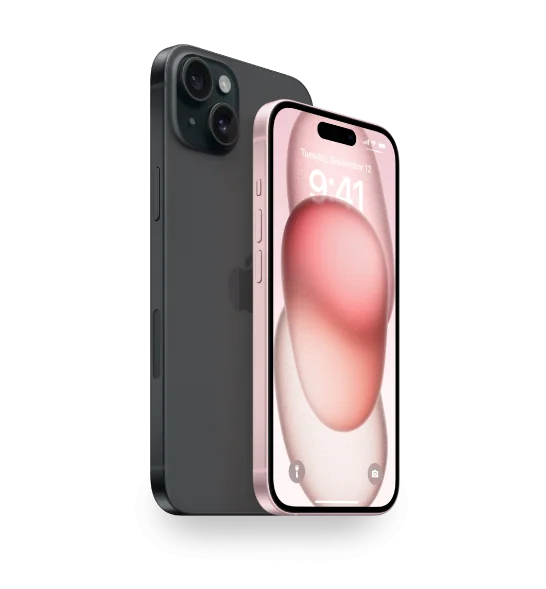Why Does My Battery Keep Dying? The Eroding Phone Charge
Table of Contents
In the fast-paced world of technology, cell phones have become an integral part of our daily lives. However, as these marvels of the modern communication age, they often experience a gradual decline in battery life. This phenomenon is a result of multiple factors that impact the overall health and performance of a smartphone’s battery. In this article, we delve into the reasons why battery life on cell phones decreases over time.
Lithium-ion Battery Chemistry
Most modern smartphones utilize lithium-ion batteries due to their high energy density and rechargeable nature. However, these batteries have a limited lifespan and degrade with regular use. Over time, the chemical reactions inside the battery cause the formation of solid electrolyte interface (SEI) layers, which reduce the battery’s ability to hold a charge effectively. This results in a decrease in the phone’s overall battery life.
Charge and Discharge Cycles
Each time you charge and use your phone, it undergoes a charge cycle. Most lithium-ion batteries are designed to withstand hundreds of charge cycles before experiencing noticeable degradation. As the phone ages, it accumulates charge cycles, causing the battery’s capacity to diminish slowly. Regularly allowing the battery to discharge to extremely low levels and charging it to full can also contribute to accelerated battery wear.
Heat and Temperature
Excessive heat can be detrimental to a smartphone’s battery life. High temperatures, whether from external sources like sunlight or internal sources like processor-intensive apps, can accelerate the chemical reactions within the battery, leading to faster deterioration. Over time, exposure to high temperatures can permanently damage the battery and lead to reduced battery life.
Software and OS Updates
As cell phones age, manufacturers often release software updates to enhance performance and introduce new features. However, these updates can also inadvertently contribute to battery drain. Newer operating systems and applications may require more processing power, leading to increased battery consumption. As older devices struggle to cope with the latest software demands, the battery takes a hit.
Physical Wear and Tear
The physical components of a cell phone, including the battery, are susceptible to wear and tear over time. With repeated use and regular charging, the battery’s internal components can degrade or suffer from corrosion. This physical deterioration can lead to reduced capacity and ultimately impact battery life.
Conclusion
As smartphones become indispensable tools in our lives, understanding the reasons behind their battery degradation is crucial. The gradual decrease in battery life is a natural consequence of the complex chemistry and processes within lithium-ion batteries, combined with external factors such as usage patterns, software updates, and temperature exposure. By adopting good charging habits and managing software updates, we can mitigate the impact of aging on our cell phone batteries, ensuring that they continue to serve us efficiently throughout their lifecycle.
Start your journey with us
From endless options to tailored solutions, we're here to help you every step of the way.

is a skilled Web Developer and Designer. He builds and designs websites that focus on best UI/UX practices. Justin is also a Verizon Product Expert at Victra, helping customers with Verizon products and services. His mix of design, coding, product, and general knowledge makes him a valuable and knowledgeable team member.





